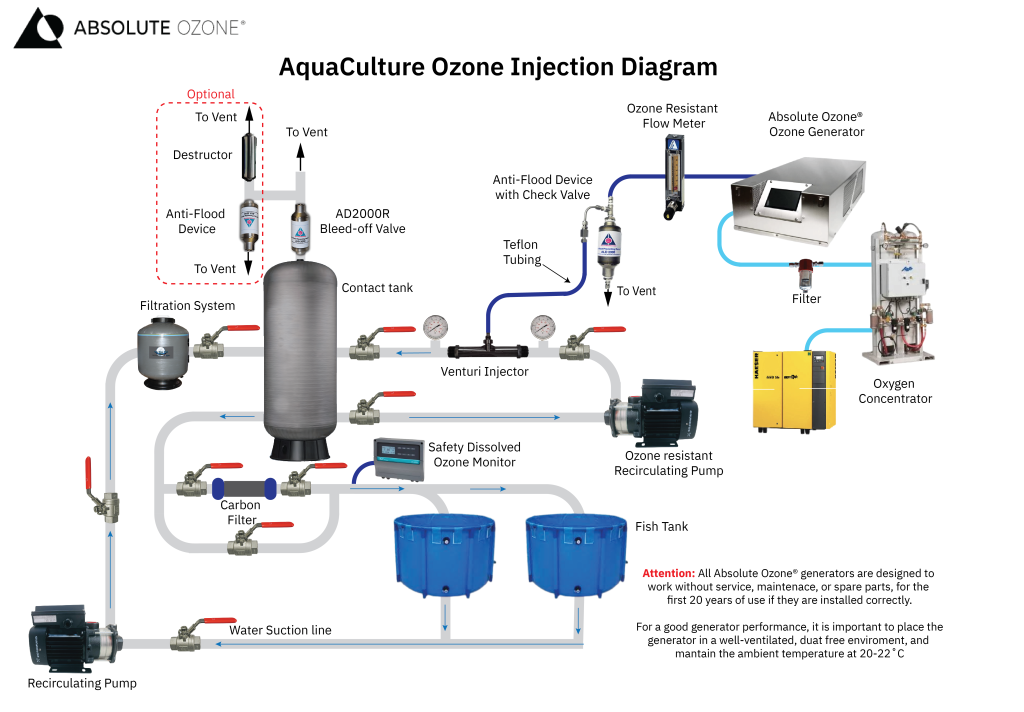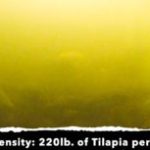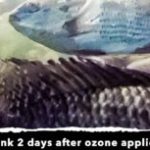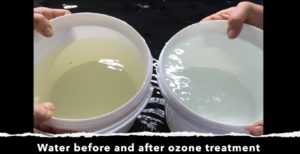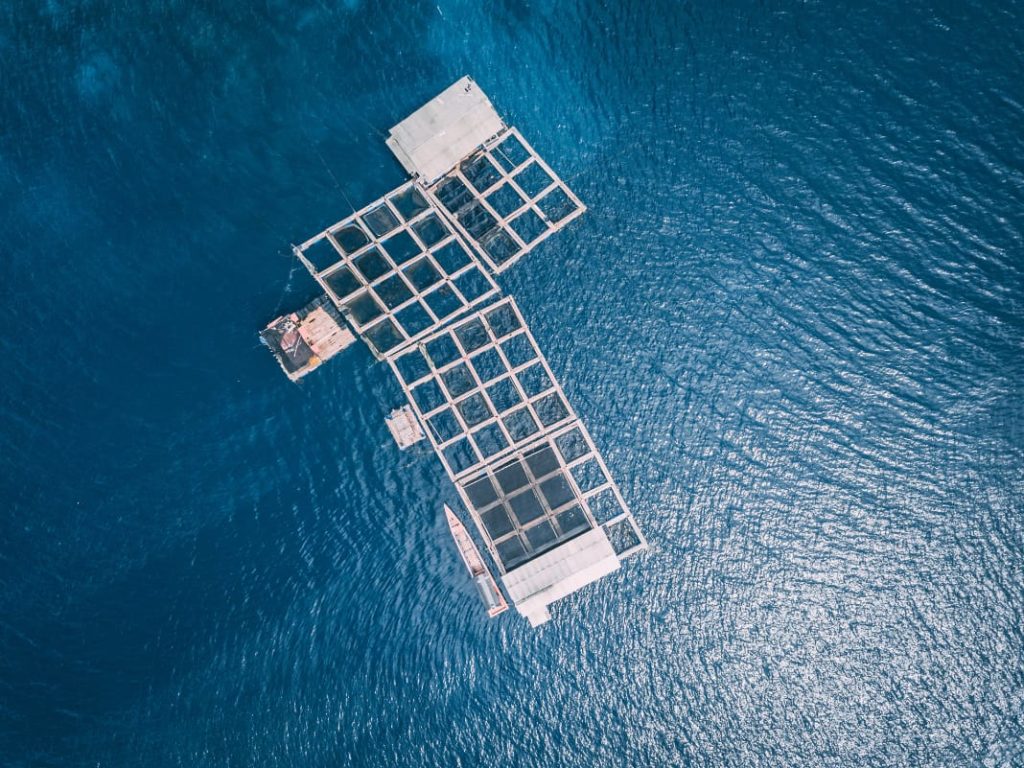
KEY FEATURES:
- Ozone virtually eliminated fish mortality and disease saving thousands of dollars for fish farms,
- Increased fish weight gain in the same period of time (about 40% in our client experience) increasing fish farm profits
- Ozone completely eliminated the “swampy” taste
- Ozone has been certified as organic and has been approved by the FDA and USDA as a food contact substance.
OZONE FOR FISH FARMING & AQUACULTURE
After implementing the Ozone for Fish Farming & Aquaculture system, we typically see very satisfied fish farm owners. Indeed, they returned to us and asked us to supply more ozone systems for their other ponds.
They do it not simply because ozone implementation in their fish farm generated a lot of extra income but because their customers are happy with the quality, size, taste, and price of the fish they are supplying.
OZONE FOR FISH FARMING & AQUACULTURE CAN BE USED FOR THE FOLLOWING PURPOSES:
REMOVAL OF FINE AND COLLOIDAL SOLIDS
Fine and colloidal solids consist of particles 1-30 microns and 0.001-1 microns, respectively. The small size of the particles enables the solids to remain in suspension and avoid most mechanical separation methods. In addition, the accumulation of fine and colloidal solids can impair bio-filter nitrification efficiencies and stress fish stocks. By causing the solids to clump together, ozone facilitates their removal by foam fractionation, filtration, and sedimentation, ultimately improving water quality in fish farms.
REMOVAL OF DISSOLVED ORGANIC COMPOUNDS
Dissolved organic compounds (DOCs) give the water a characteristic tea-colored stain. Furthermore, DOC is non-biodegradable and accumulates based on feed input, water exchange rate, and solids removal rate.
A high level of DOC can stress fish and reduce the nitrification efficiency of a biofilter. As a result of oxidation, dissolved organic compounds are converted into more readily nitrified products.
REMOVAL OF NITRATE
Nitrite can accumulate as production intensifies and organic loadings on the bio-filter increase. Bacteria that process ammonia into nitrite operate more efficiently under high organic loadings than bacteria that process nitrite to nitrate. High levels of nitrite can be toxic to fish. Data indicate that nitrite levels as low as 2.8 parts per million (ppm) can reduce the growth of fingerlings by 5%. Ozone improves bio-filtration and nitrification by oxidizing nitrite directly to nitrate and reducing organic loading.
DISINFECTION
Facilities must reduce pathogen loads introduced via the source water, and effluent waters must be disinfected before being released into the environment. Ozone can effectively inactivate many bacterial, viral, fungal, and protozoan fish pathogens. The effectiveness of ozone treatment depends on ozone concentration, length of ozone exposure (contact time), pathogen loads, and organic matter levels. Virtually eliminated fish mortality and disease, saving thousands of dollars for fish farms. Increased fish weight gain at the same time (about 40% in our client experience), increasing fish farm profits. Also, eliminated the bad taste in fish. For example, there is a stigma attached to the Tilapia taste. The fish farm that uses ozone renamed Tilapia into Northern Perch to be fair to the taste improvement and marketing it successfully.
HOW AN OZONE RAS SYSTEMS WORK
Aquaculture water treatment involves using various physical, chemical, and biological methods to manage water quality in fish and shrimp farming. Aquaculture water treatment aims to maintain optimal water conditions for the growth and survival of aquatic organisms, minimize the spread of disease, and reduce the environmental impact of fish farming. Common methods of aquaculture water treatment include mechanical filtration, biofiltration, oxygenation, aeration, and disinfection. A Recirculating Aquaculture System (RAS) ozone system works by injecting ozone into the system’s water to disinfect and oxidize organic and inorganic substances, including removing dissolved organic compounds. All components of the ozone RAS system are connected to create a continuous cycle of water that moves from the rearing fish tank to the hydroponic system and then back to the fish tanks after being treated with ozone and mechanically and biologically filtered. The ozone is generated by ozone industrial units and injected into the water through a venturi injection device. Ozone reacts with dissolved organic compounds in the contact tank and decomposes into oxygen, leaving no toxic residues. The ozone-recirculating aquaculture systems help maintain a clean and healthy water environment for fish, improving growth rates and reducing the incidence of diseases.
CALL US NOW
Using the correct generators in fish farming not only pays for the ozone systems in no time but also increases profitability by a great deal.
Absolute Ozone ® knowledgeable staff is ready to assist with your ozone questions, generator sizing, system design, implementation, commissioning, and use. We offer unlimited free technical assistance to all our customers to ensure the success of their projects.
Please click here to contact us. We will be more than happy to assist you.

